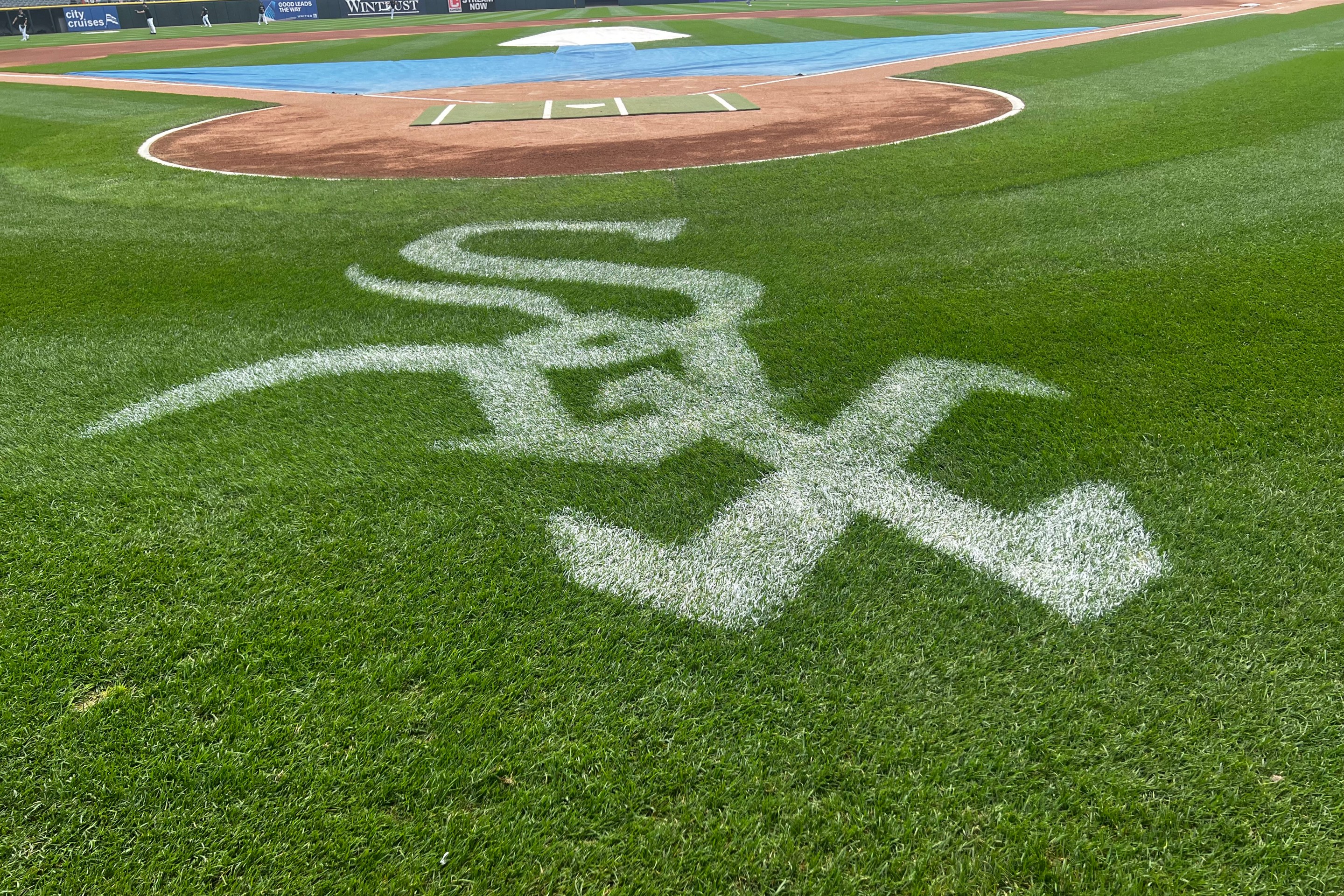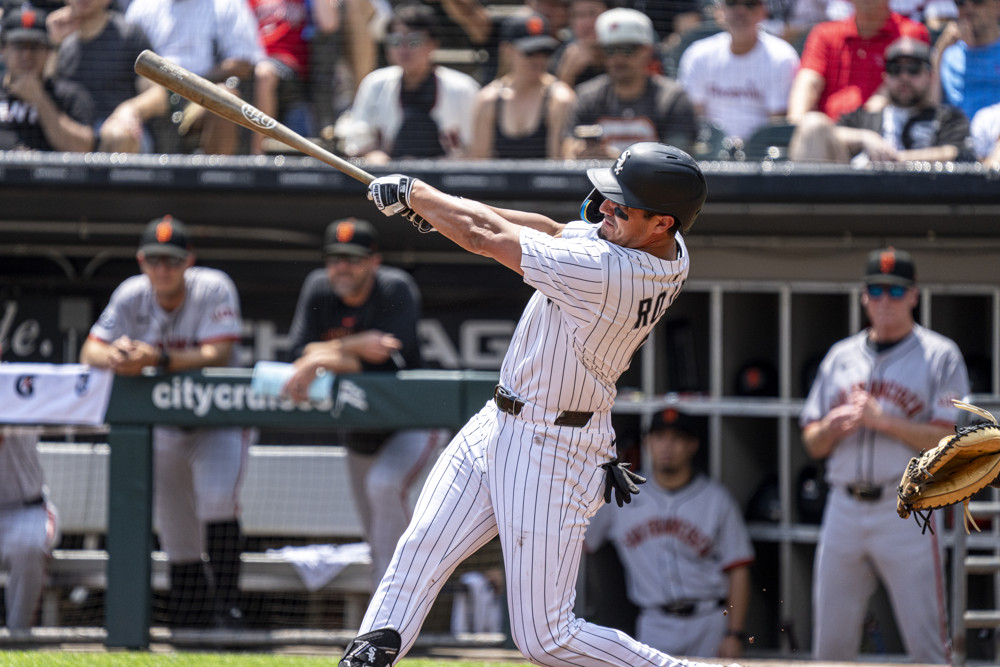It's Prospect Week at Sox Machine. Over the next six days, we'll be profiling dozens of White Sox prospects as we wend our way toward the publication of dueling top-10 lists, and the White Sox have made it more interesting in the worst way possible: losing the most games in a modern MLB season and trading all of their best performers.
What's done is done, though, and underneath the haze from the smoldering wreckage is a White Sox farm system that can comfortably be called "good."
Now, how good is up for debate. The top outlets have been rolling out their organizational rankings, and even the limited, in-progress sample captures the potential range of reactions. ESPN's Kiley McDaniel is currently the highest on the White Sox crop at No. 2, while Keith Law brings the low end theory at No. 12, and when you look at the methodologies involved, it's easy to digest the disparity.
McDaniel determined his order with calculations of prospect surplus value, and he says the White Sox have $313 million of it on the strength of six top-100 prospects, which follows only the Dodgers by both metrics. Law uses a more holistic approach, not only counting the number of top prospects, but the teams' recent histories in generating top prospects, since some organizations would theoretically be more likely to turn the intriguing off-radar names into featured talent.
The White Sox farm system in 2025 possesses the former, but just like the last time they had a top-tier farm system, they've acquired most of their prospects with particularly costly coin. James and I will reveal our top 10 White Sox top prospect lists at the end of the week, so let's use Baseball America's list to avoid spoilers:
- Noah Schultz -- First-round pick
- Colson Montgomery -- First-round pick
- Hagen Smith -- First-round pick
- Kyle Teel -- Traded a good player
- Braden Montgomery -- Traded a good player
- Edgar Quero -- Traded a good player
- Drew Thorpe -- Traded a good player
- Chase Meidroth -- Traded a good player
- Jairo Iriarte -- Traded a good player
- Grant Taylor -- Second-round pick
Admittedly, all those trades aren't created equal (the trade that netted Quero is as inspiring as the trade that netted Thorpe and Iriarte isn't). There's also nothing wrong with the top three being the top three, particularly Schultz, who could be an incredible use of a 26th-overall pick based on his current progress.
But what's missing? Second-day draft picks. Third-day draft picks. Low-stakes trade acquisitions. International signings. And this was the case during the last rebuild. When you look back at the prospect rankings from the Intentional Losing Times, the 2017 and 2018 lists are constructed from the same three sources (Day 1 picks, prospects acquired for name-brand players). And while trading Chris Sale, Adam Eaton and José Quintana to flood the farm system and push the lesser-known players to back pages was the grand idea, it masked the organization's general problem in generating contributors before, during and after.
Once top prospects like Yoán Moncada, Eloy Jiménez and Dylan Cease graduated, the Sox had to try to restock the shelves from the neglected sources like later-round picks and international amateurs. Here are the players who rose up to fill those cracks over the next five years:
- Micker Adolfo (international signing)
- Luis Gonzalez (third-round pick)
- Jonathan Stiever (fifth-round pick)
- Andrew Dalquist (third-round pick)
- Yoelqui Céspedes (international signing)
- Norge Vera (international signing)
- José Rodríguez (international signing)
- Sean Burke (third-round pick)
- Bryan Ramos (international signing)
- Cristian Mena (international signing)
- Oscar Colás (international signing)
- Lenyn Sosa (international signing)
Burke did what he could to make himself exciting at the end of 2024, and the jury remains out on Ramos and Sosa to varying degrees. You could also lump in Jonathan Cannon to be fair, because he was 11th on the 2023 list, but even if you include him and the insurgent campaigns from further off the radar -- Romy Gonzalez, Jimmy Lambert, Davis Martin -- that's five years where the Sox didn't produce an MLB regular from a less likely starting point.
There's an argument to be had about whether that's the leading reason Rick Hahn's second rebuild failed, but it's definitely the reason why it imploded to such a grisly extent. The Sox should've received more production from the Sale-Eaton-Quintana returns, sure, but none of those trades registered as flops. Hahn just couldn't figure out how to pivot away from the problem spots that developed, and once Nick Madrigal and Andrew Vaughn failed to materialize into anything meaningful from top-four draft picks, the Sox's pipeline dried up faster than freshly washed knuckles in a Chicago wind chill.
Given this history, it makes sense that the White Sox would fare more poorly in the eyes of more subjective evaluators, or a jaded fan base to whom Chris Getz literally has to make a sales pitch. If all goes as expected, eight of those top 10 prospects will have graduated by the middle of the 2026 season. Then what?
An encouraging answer to that question will go a long ways to distinguish the Getz era on the field. Certainly it's a big year for all of the prospects listed above, and an explosive showing by either Montgomery would give the Sox a boost on the position-player side of things, where the depth is lacking. But it's also a vital year for the group of prospects the White Sox aren't individually counting on: the Brooks Baldwins, the George Wolkows, the William Bergollae, the Masons Adams.
You can swap out one name for another, because it's not so much the specific player as the underlying project they represent. Whether the White Sox are trying to raise ceilings of modestly tooled players or patching the fatal flaws of metric monsters, the tasks at hand are development, improvement, problem-solving. The front office and coaching hires they've made and the departments they've restructured show an unprecedented awareness of the issue. That allows optimists to say that knowing is half the battle, and pessimists to say that the White Sox have lost the remainder of said battle each and every time.





